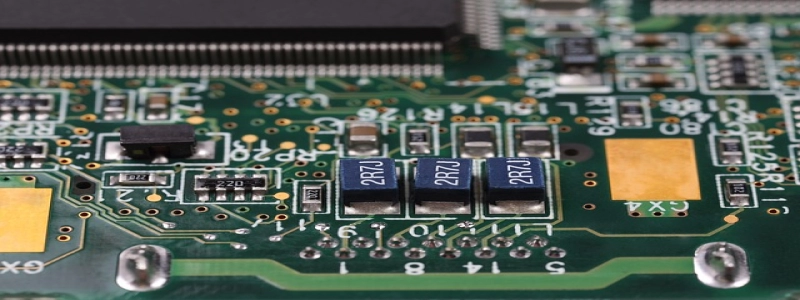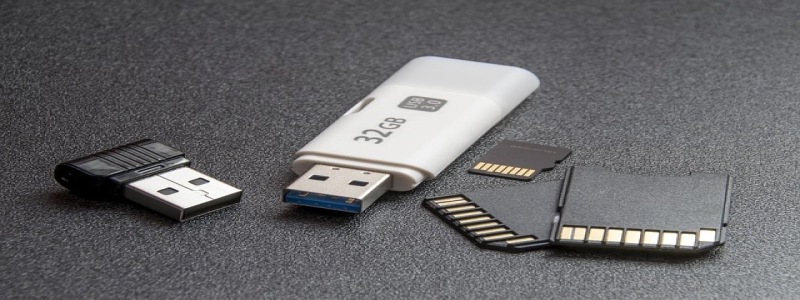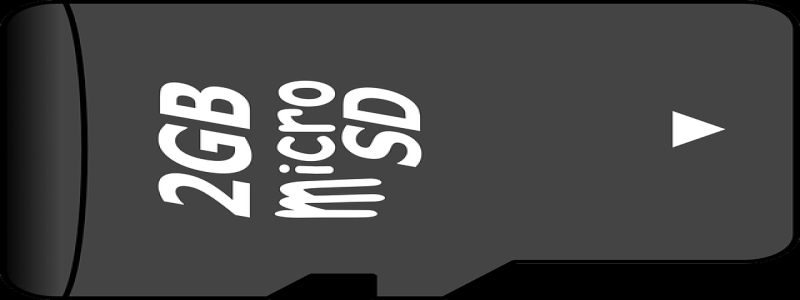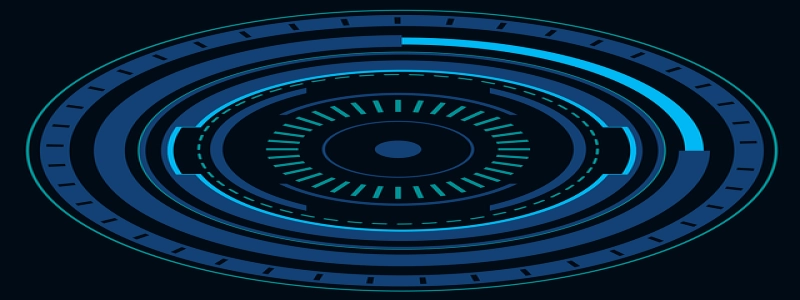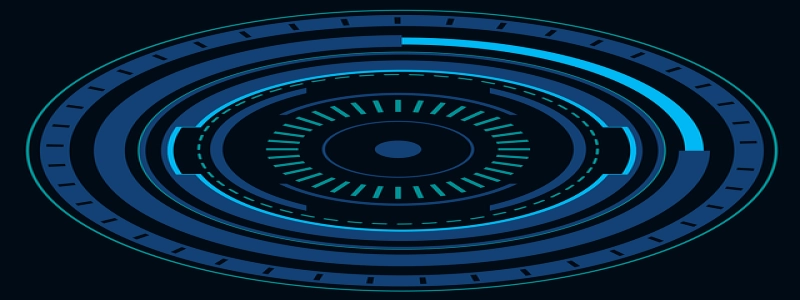Single Mode Fiber Max Distance
Introduction
Single mode fiber, also known as monomode fiber, is a type of optical fiber that allows only one mode of light to propagate through it. With its narrow core size, single mode fiber can transmit data over long distances without suffering from signal loss. In this article, we will discuss the maximum distance that single mode fiber can support.
Overview of Single Mode Fiber
Before diving into the maximum distance, it’s essential to understand the basic characteristics of single mode fiber. Unlike multimode fiber, which allows multiple modes of light to propagate, single mode fiber has a much smaller core diameter, typically around 8-10 micrometers. This small core size enables single mode fiber to transmit light in a straight line, reducing dispersion and enabling longer transmission distances.
Maximum Distance of Single Mode Fiber
The maximum distance that single mode fiber can support depends on several factors, including the quality of the fiber, the strength of the light source, and the speed of the data transmission. However, in general, single mode fiber can transmit signals up to 100 kilometers without regenerating the signal.
Signal Loss in Single Mode Fiber
Although single mode fiber is capable of long-distance transmission, it is not entirely immune to signal loss. The main factors contributing to signal loss in single mode fiber are absorption, scattering, and bending losses.
1. Absorption Loss: This occurs when the fiber cable absorbs some of the light traveling through it. It is mainly influenced by the purity and quality of the fiber material.
2. Scattering Loss: Scattering loss is caused by microscopic imperfections in the fiber’s core and cladding. These imperfections scatter the light, resulting in signal loss.
3. Bending Loss: When single mode fiber is bent at a tight angle, some of the light can escape from the core, causing loss. It is essential to handle the fiber carefully to minimize bending losses.
To minimize these losses, high-quality single mode fiber cables and connectors should be used, along with proper installation techniques.
Conclusion
Single mode fiber is an excellent choice for long-distance data transmission due to its ability to support signal propagation over extended distances. With proper handling, high-quality fiber, and optimized installation techniques, single mode fiber can reliably transmit signals up to 100 kilometers without the need for signal regeneration. Understanding the maximum distance and factors affecting signal loss in single mode fiber is crucial for ensuring efficient and reliable data transmission.


